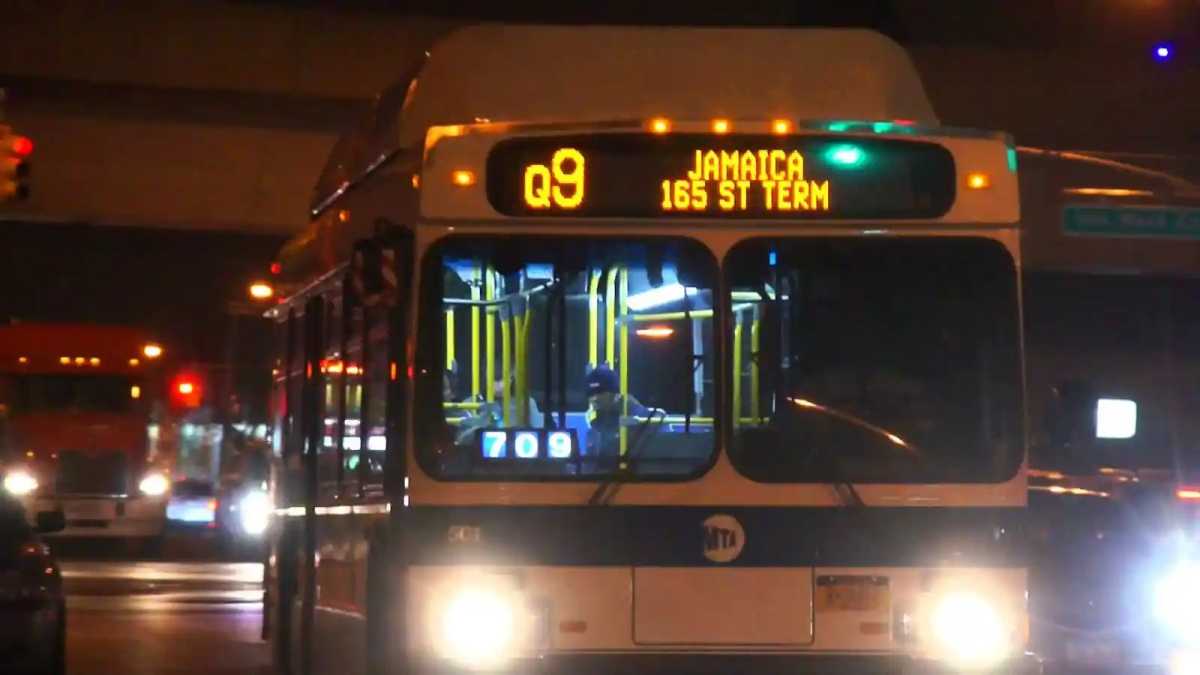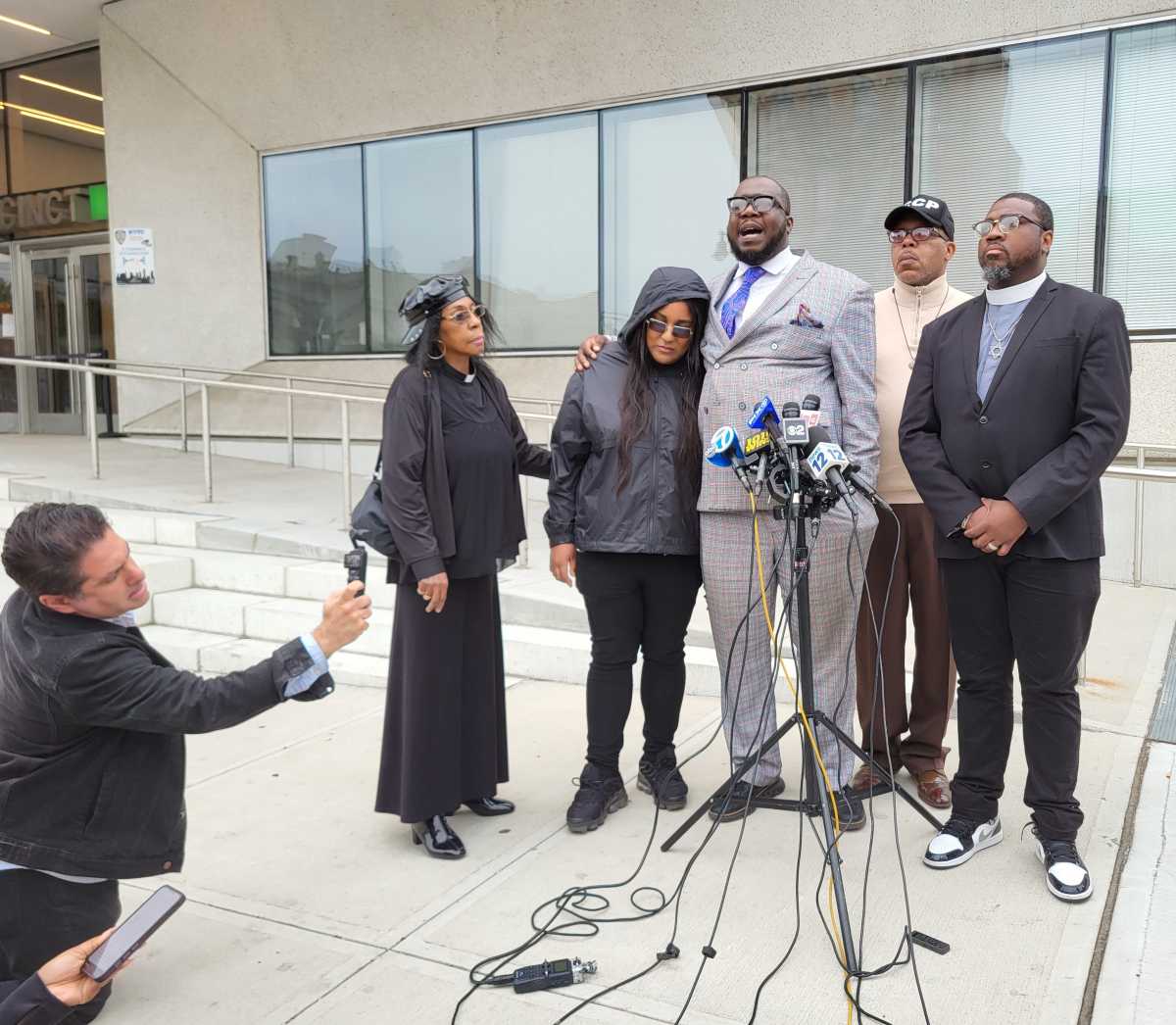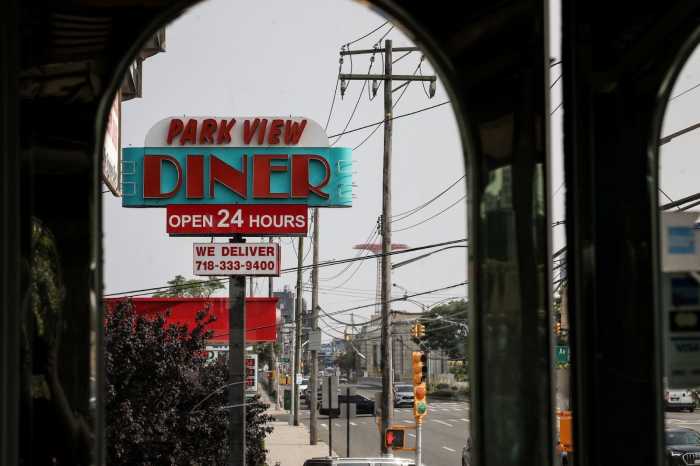
BY YANNIC RACK | New York State has published plans to limit the impact of pollutants found beneath the site of a former gas plant in Hell’s Kitchen, and is now seeking input from the public.
The state’s Department of Environmental Conservation (DEC), together with Con Edison, is looking for feedback on its proposal for a Remedial Action Work Plan (RAWP), which aims to limit exposure from century-old contamination during future construction work on the blocks between W. 44th and W. 46th Sts. and 10th and 11th Aves.
Although the area by the Hudson River waterfront is now mostly strewn with parking lots and warehouses, it was a very different location 100 years ago, when it housed the former West 45th Street Gas Works.
From the late 1800s to the mid 1900s, this Manufactured Gas Plant (MGP) — like hundreds of similar sites across the state — supplied homes and industry with fuel for heating, cooking and lighting by converting (primarily) coal and oil into gas.
The Hell’s Kitchen plant ceased operation in 1913 and most of its buildings were razed, although the large cylindrical gas holder between W. 45th and W. 46th Sts. remained in use until 1965, when it was finally demolished.
Con Edison converted the site into a maintenance yard, and later sold it to New York State. It is now a parking lot for the nearby Intrepid Sea, Air & Space Museum.

Today, a handful of businesses line the stretch along 11th Ave. on the eastern end of the blocks: a steakhouse, a printing shop, a hardware store and an ad agency, to name a few.
But New York’s gas plants left behind more than just space for parking lots and small businesses — in many places, by-products of the gas-production process like tar and purifier wastes (materials formed during removal of other unwanted chemicals from the gas before it was sent out to customers) seeped into the ground and have remained there for more than a century.
The DEC is now overseeing the investigation and cleanup of contamination left behind from these plants across the state.
Con Ed conducted field investigations at the site of the W. 45th St. plant in 2006 and 2007, and found contaminated soil and coal tar 16-30 feet beneath the surface.
The RAWP essentially provides guidelines to limit and control exposure during future construction work, according to a Con Ed spokesperson.
“At this point, there is no immediate remediation work planned because the site is covered by buildings and a parking lot,” the spokesperson said.
Members of the public can comment on the plan, which is available at Con Ed’s website (coned.com/mgp), until Mar. 15.



































